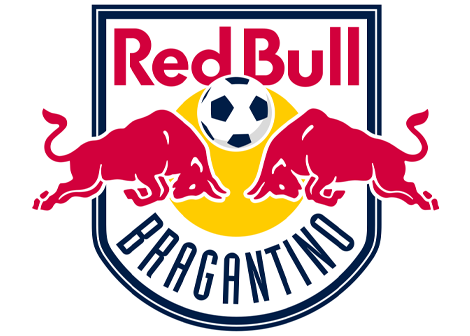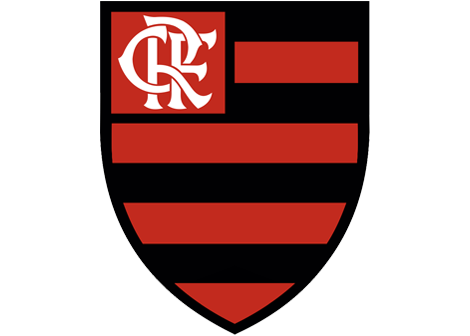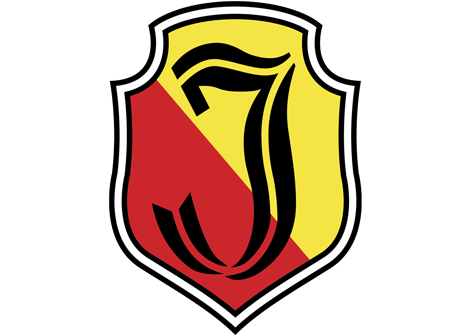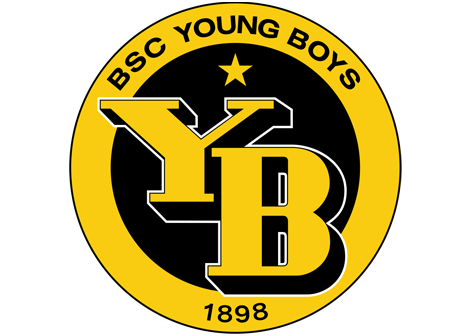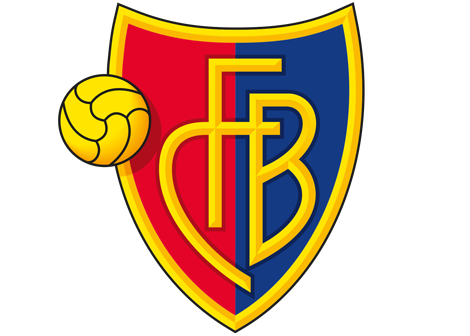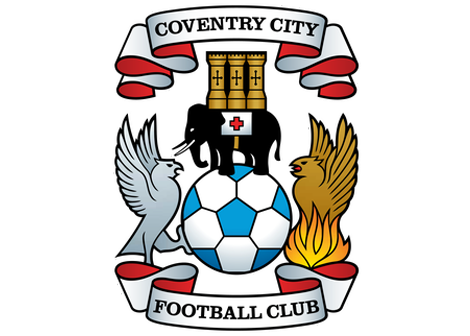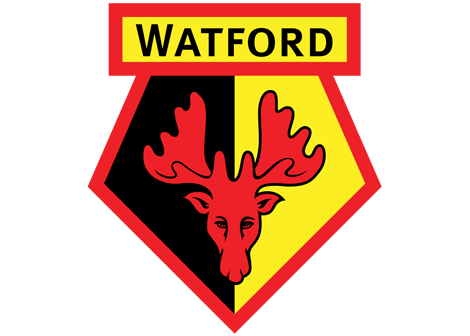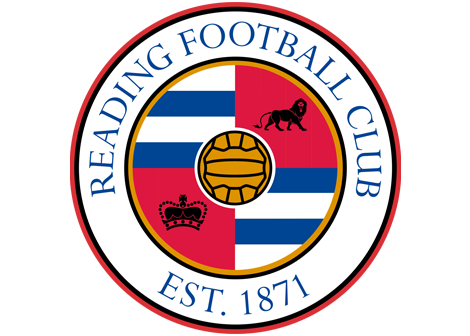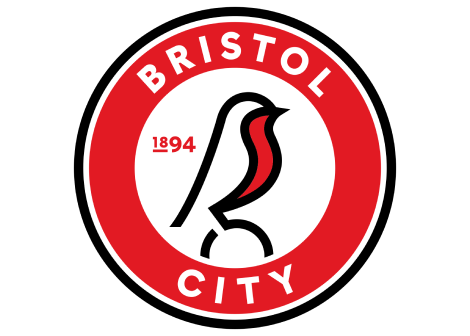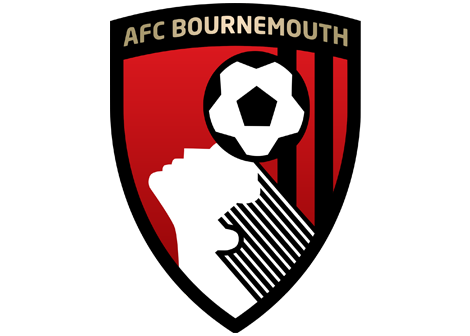Understand why we use playing styles within the TransferRoom platform, including a full explanation of every playing style.
This unique descriptor gives you more useful information up-front about how a player plays, and whether they’d fit with your team’s style of play.
Developed in response to customer feedback and in close partnership with clubs, we’ve introduced a more detailed playing style that sits alongside a player’s position.
You'll see this when searching for players, on player profiles, and when you receive pitch opportunities within the TransferRoom platform.
This unique descriptor gives you more useful information up-front about how a player plays, and whether they would fit with your team’s style of play. So clubs can make more informed recruitment decisions.
We appreciate that football has evolved beyond the usual generic positions. The playing style looks beyond a player’s position in a formation to give you more detailed insights into the choices they make on the pitch, both on and off the ball. Do they shoot more or pass more? Do they play short passes or long balls? Do they tend to push forward or sit back? How aggressive are they?
Here’s a summary of all possible playing styles, split by area of the pitch, and what they mean:
Centre-Back
Aggressive Centre-Backs try to actively disrupt the opposition’s attacks. They engage in a high number of duels and try to recover the ball.
Ball-Playing Centre-Backs regularly attempt to play progressive passes in possession to launch attacks, rather than simple passes or long balls.
Ball-Playing, Aggressive Centre-Backs regularly attempt to play progressive passes in possession. They engage in a high number of duels and try to recover the ball when out of possession.
Shadow Centre-Backs attempt to cover space and read the game when out of possession, rather than actively trying to engage the opposition.
Ball-Playing, Shadow Centre-Backs regularly attempt to play progressive passes in possession. They attempt to cover space and read the game when out of possession.
Full-Back
Defensive Full-Backs tend to remain in a deeper position to focus on defending. They engage in a high number of defensive duels in their own half and play less crosses.
Wing-Backs tend to get forward and contribute to the attack. They are progressive with the ball and play more crosses, while engaging in fewer defensive duels.
Midfielder
Ball-Winning Midfielders engage in a high number of defensive duels and try to recover possession for their team. They tend to play simple passes and hold a deeper position on the pitch.
Box-to-Box Midfielders are heavily involved in play at both ends of the pitch. They engage in a high number of defensive duels and get forward in possession to receive the ball and take shots.
Creative Midfielders progress the ball from deep with a wide range of passing. They engage in some defensive duels but don’t usually get further up the pitch in possession.
Playmakers focus on creating chances for other players, while taking fewer shots themselves. If they shoot it is usually from range rather than in the penalty area.
Winger
Inverted Wingers tend to run inside from wide positions while attacking. They take more shots relative to other wingers, but play fewer passes and crosses.
Wide Wingers focus on creating chances for their team from wide on the pitch. They play more passes and crosses relative to other wingers, but take fewer shots.
Forward
Second Strikers take a high number of shots themselves, rather than assisting other players. They like to get into the penalty area to create high quality chances.
False 9s drop deeper from the Forward position to build attacks and create chances for other players. They play more passes and take fewer shots relative to other Forwards.
Finishers focus on receiving passes in the penalty area and scoring goals. They tend to shoot rather than create chances for other players.
Target Men remain high up the pitch to receive passes from their team. They engage in a high number of aerial duels and take a high number of headed shots.
All positions
Balanced players play their role in a variety of ways, often depending on the situation. They are flexible and have no major preference for certain actions.
A player's playing style is calculated using real-time insights into how he actually plays and the decisions he makes on the pitch. Behind the scenes, our algorithm is constantly adapting to the stats from a player’s latest game. If a player changes the way he plays, his player role will change on TransferRoom accordingly.
If you have any other questions about the TransferRoom playing styles, please speak to your customer success representative.
Book an intro call
Trusted by decision makers from 800+ clubs worldwide
















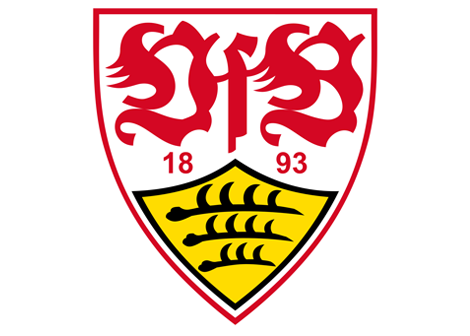







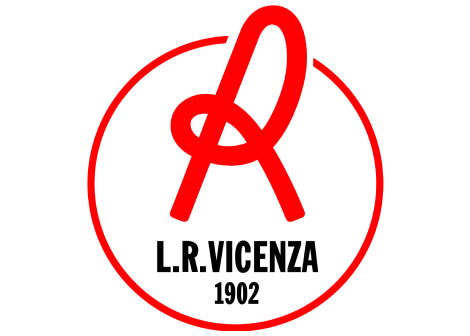




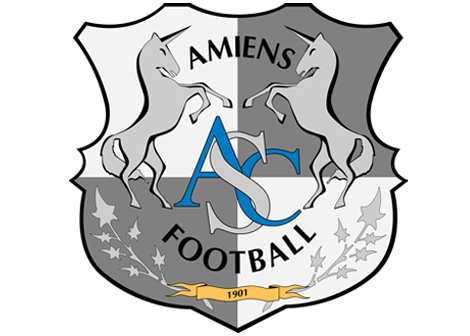
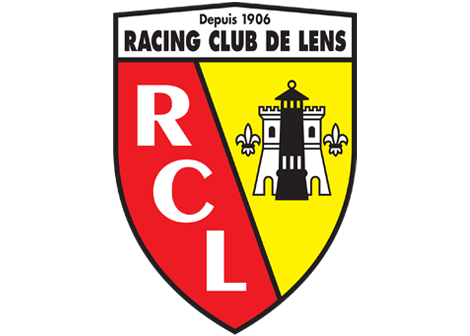

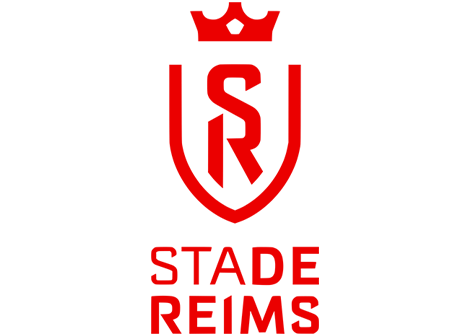
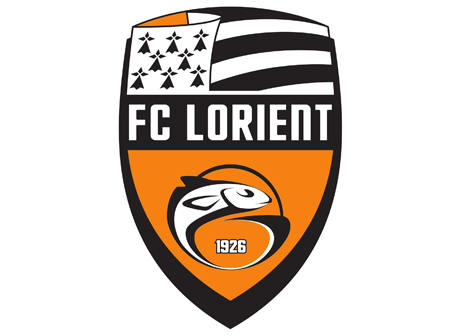















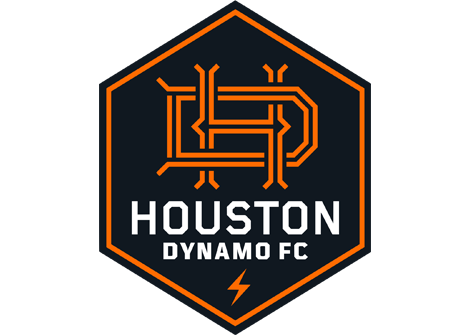











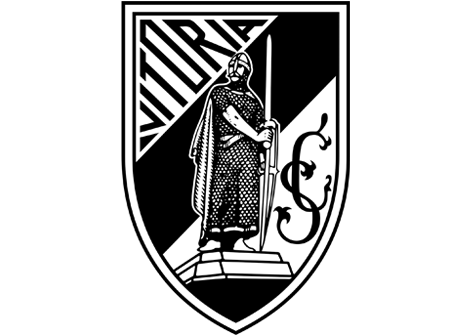





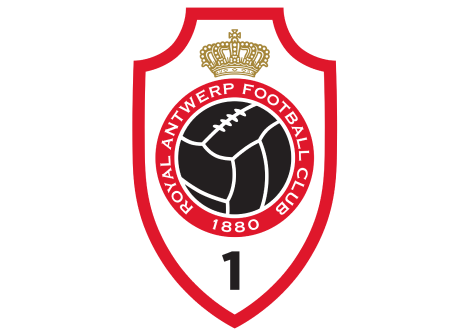











/SWEDEN/Malm%C3%B6%20FF.png)





